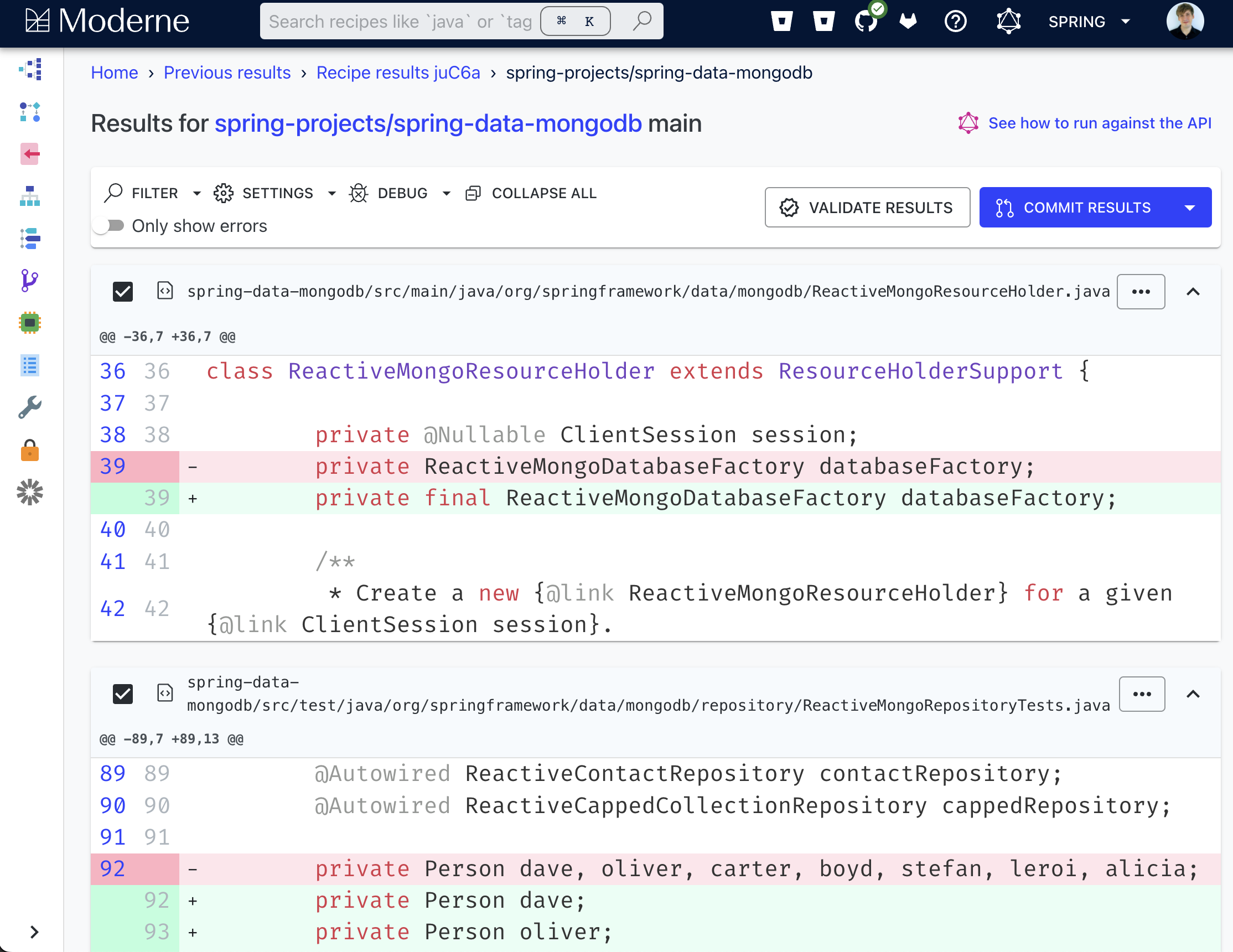In the ever-evolving landscape of cybersecurity, organizations face increasing challenges in securing their cloud-based systems. Cloud-based penetration testing automation offers a powerful solution to assess the security posture of these systems efficiently and effectively. By leveraging cloud-hosted tools, organizations can automate various stages of the penetration testing process, enabling comprehensive security assessments, faster remediation, and improved overall resilience. In this blog post, we will explore the concept of cloud-based penetration testing automation, discuss its benefits, and provide examples of popular cloud-hosted tools.
Benefits of Cloud-Based Penetration Testing Automation:
1. Scalability and Flexibility:
Cloud-based penetration testing automation allows organizations to scale up or down their testing infrastructure based on their needs. Cloud platforms provide the necessary resources to handle large-scale testing scenarios, accommodating the growth and complexity of cloud-based systems.
2. Cost-Effectiveness:
By utilizing cloud-hosted tools, organizations can avoid the upfront costs associated with procuring and maintaining on-premises infrastructure. Cloud providers offer flexible pricing models, enabling organizations to pay only for the resources consumed during the testing process.
3. Accessibility and Collaboration:
Cloud-based tools facilitate remote access, allowing security teams to conduct penetration testing from anywhere. They also enable seamless collaboration among team members and stakeholders, regardless of their physical location, fostering effective communication and knowledge sharing.
4. Rapid Deployment and Updates:
Cloud-hosted tools can be quickly provisioned and deployed, eliminating the need for manual installation and configuration. Additionally, cloud providers often handle software updates and patches, ensuring that organizations have access to the latest features and security enhancements without administrative overhead.
5. Integration Capabilities:
Cloud-based tools often offer integration with other cloud services, development platforms, and issue tracking systems. This enables organizations to streamline their security processes, automate vulnerability management, and integrate security testing into the development lifecycle.
Best Cloud-Hosted Penetration Testing Automation Tools:
1. Cobalt.io:
Cobalt.io is a cloud-based platform that connects organizations with a global community of security researchers. It facilitates the automation of penetration testing engagements, from scoping to reporting. Organizations can define their testing requirements, collaborate with researchers, and receive vulnerability reports through the platform. Reference: [Cobalt.io]
2. Detectify:
Detectify is a cloud-based web application security scanner that automates the identification of vulnerabilities in web applications. It employs a wide range of security tests and continuously updates its knowledge base to detect emerging threats. Detectify provides regular vulnerability reports and integrates with popular issue tracking systems. Reference: [Detectify]
3. OWASP Amass:
OWASP Amass is an open-source cloud-compatible reconnaissance tool that helps organizations identify potential attack vectors. It automates the process of gathering information about domains, subdomains, and associated IP addresses, providing valuable insights for penetration testing and vulnerability assessment. Reference: [OWASP Amass]
4. Security Monkey:
Security Monkey, offered by Netflix, is a cloud-based security monitoring and analysis tool. It automates the assessment of cloud infrastructure for security misconfigurations and policy violations. Security Monkey helps organizations identify potential weaknesses and ensures the adherence to security best practices. Reference: [Netflix/Security Monkey]
5. Nessus:
Nessus, a popular vulnerability assessment tool, offers a cloud-based version known as Tenable.io. It provides comprehensive vulnerability scanning and management capabilities, including cloud infrastructure security assessment. Nessus helps organizations identify vulnerabilities and prioritize remediation efforts in their cloud-based systems. Reference: [Tenable.io]
6. Burp Suite Enterprise Edition:
Burp Suite Enterprise Edition, from PortSwigger, offers a cloud-hosted version of their widely used web vulnerability scanner. It provides automated scanning, advanced manual testing, and collaboration features to enhance the efficiency of penetration testing. Reference: [Burp Suite Enterprise Edition]
7. Lynis:
Lynis is an open-source security auditing tool that works in various operating systems, including cloud instances. It performs system-wide security assessments, identifying vulnerabilities, misconfigurations, and potential weaknesses. Lynis generates reports with actionable recommendations to improve system security. Reference: Lynis
Example: Lynis can be used to audit the security of a cloud-based Linux server, scanning for weak user passwords, outdated software versions, or insecure network configurations.
Conclusion:
Cloud-based penetration testing automation has revolutionized the way organizations approach security assessments in cloud environments. By leveraging cloud-hosted tools, organizations can automate various stages of the penetration testing process, improving efficiency, scalability, and collaboration. Cobalt.io, Detectify, OWASP Amass, Security Monkey, Nessus (Tenable.io), and Burp Suite Enterprise Edition are just a few examples of cloud-hosted tools that enable organizations to automate and enhance their security testing efforts. Embracing cloud-based penetration testing automation allows organizations to identify vulnerabilities, mitigate risks, and ensure the resilience of their cloud-based systems in the face of evolving cyber threats.











What do you think?
Show comments / Leave a comment